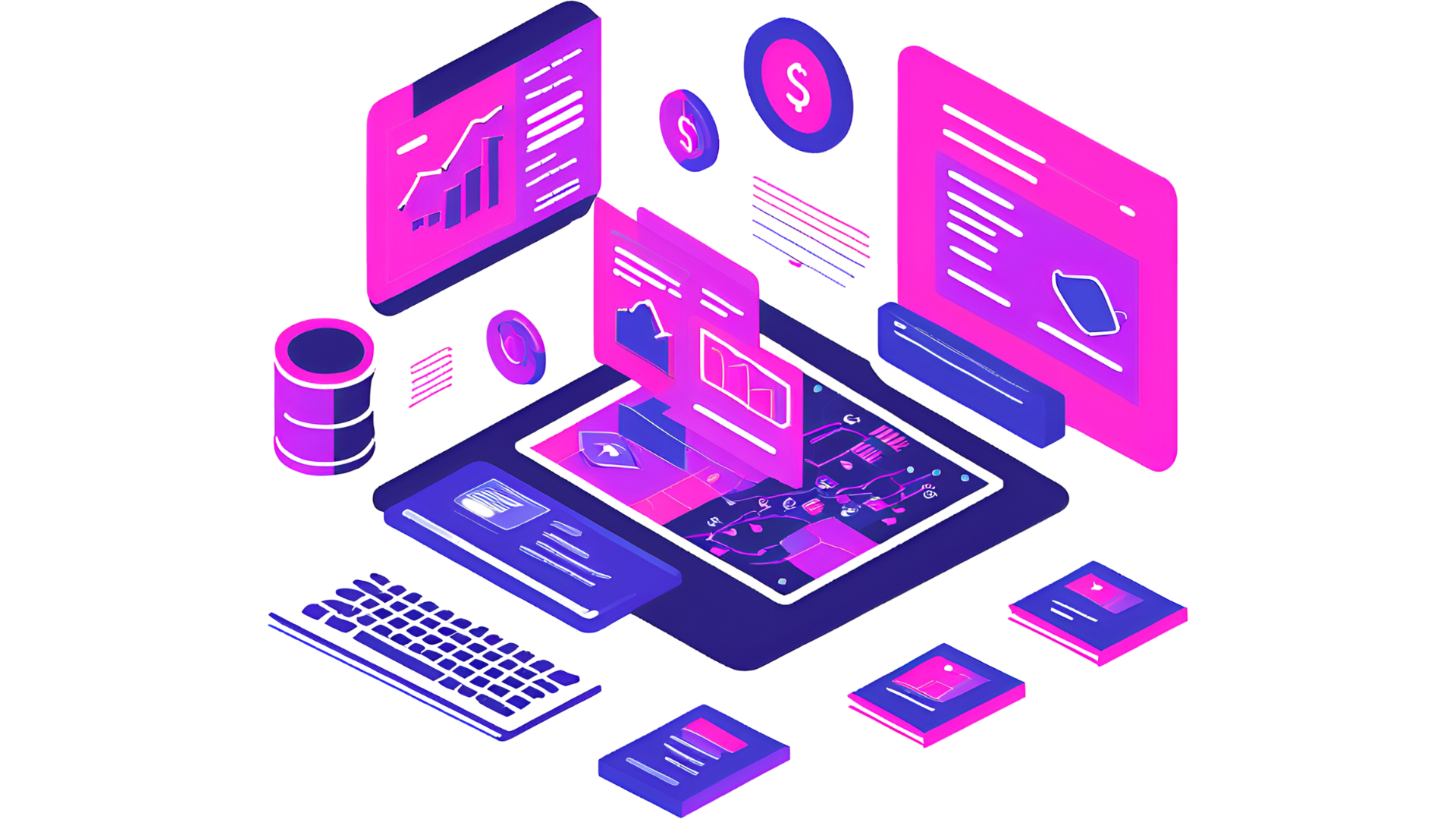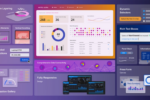Financial reports – such as income statements, balance sheets, and cash flow statements – are critical to organizations because they provide a holistic picture of the financial performance and health of the business. They are intended to provide factual, relevant, insightful, and comparable information that internal and external stakeholders can use to make future decisions.
It is critical that these reports are accurate and complete, or the consequences can be devastating poor decision making, missed opportunities, compliance failures, economic losses, eroded confidence, and reputational damage.
What is a financial report?
Financial reporting is simply the process by which an organization presents its financial performance and position to external stakeholders, such as investors, creditors, and government regulators. It involves the creation of various reports – primarily income statements, balance sheets, and cash flow statements – that provide transparency and insight into an organization’s financial health, position, and trajectory.
There are three primary types of financial reports: income statements, balance sheets, and cash flow statements. Organizations also often prepare statements of changes in equity and notes to the financial statements.
Why is it good to have financial reporting software?
Financial reporting is not only an administrative tool but also a strategic tool. With modern software, the process becomes faster, more accurate and transparent, minimizing the potential for error. Let’s see what the benefits are!
Automation: Autonomous finance integrates artificial intelligence (AI), natural language processing (NLP), and machine learning (ML) to automate the processes and operations embedded in financial reporting that are repetitive, time-consuming, and error prone. An automated process can dramatically reduce the human error associated with collecting, processing, and reporting data, as well as ensure data integrity and quality at the source. This provides a comprehensive view of data across departments, functions, and lines of business, or a single source of truth (SSOT).
Time management: While financial reporting is a necessary part of running a business, it can be time consuming and tedious for those responsible. Technology can speed up the preparation and distribution of reports in a fraction of the time it traditionally takes. FP&A teams can better focus their efforts and skills on analysis, modeling, and forecasting. Meanwhile, decision makers can quickly obtain and view actionable information instead of outdated and/or irrelevant information. The bottom line is that an organization operates more effectively.
Predictive analytics: Using data analytics to predict financial trends, organizations can gain greater insight into cash flow forecasting, investments and risk management, as well as the ability to model multiple scenarios.
Visualization: Sharing financial reports through dynamic presentations can help decision makers quickly grasp the big picture and the details of their organization’s finances: where they’ve been and where they’re going. In short, it can help anyone – not just those with accounting, finance and business backgrounds – better understand trends and patterns that might not otherwise be apparent.
How Jedox helps?
Jedox’s financial reporting software provides faster response times, optimal customization of reporting structures, and the necessary consolidation, integration, and visualization of financial data to provide a complete picture of an organization’s financial operations and health. It also automatically aggregates and cleanses data while ensuring that reports meet compliance standards, greatly reducing the time and efficiency required to create and view a report.
Speed: Jedox provides pre-configured templates for all standard reports, meaning that financial reporting requirements are met and all that is needed is an organization’s data and information to fill in the rest. In addition, these reports can be customized to meet the specific needs of an organization.
Adaptability: Jedox allows the creation of ad hoc or custom reports depending on the specific needs of an organization. The software can be integrated with a variety of applications and third-party tools, as well as Jedox’s proprietary AIssisted™ Planning, which features AI and machine learning capabilities to support planning and analysis.
Integration: Jedox provides an integrated financial reporting, planning and analysis platform that enables seamless consolidation and visualization of financial data in real time. This means that the entire organization has a complete financial picture.
Intuitiveness: Jedox’s user interface is intuitive, which means that anyone can get started quickly and easily without the need to learn coding. This empowers professionals across the organization to create their own reports directly from a single source of truth.
Summary
Financial reporting is essential for organizations because it provides a complete picture of their financial performance. However, collecting and analyzing data can be a time-consuming and error-prone process. AI-powered, automated solutions like Jedox are revolutionizing reporting, making it faster, more accurate and more transparent. Automation, predictive analytics and data visualization help finance teams move beyond reporting and become strategic decision makers.
Jedox and we can help you and your organization create a culture of decisiveness and confidence so that teams can plan for opportunities, respond quickly to change, and discover what they didn’t know was possible.
(source: https://www.jedox.com/en/blog/financial-reporting/)


